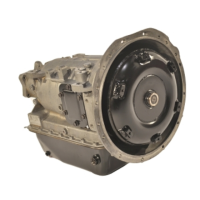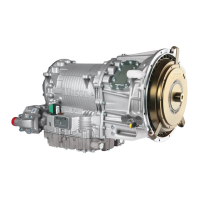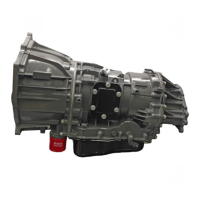8
Table 1–3. Transmission Fluid Refill Capacities
1–9. FLUID CONTAMINATION
a.
Examine at Fluid Change
At each fluid change, examine the fluid which is drained for evidence of dirt or
engine coolant (water). A normal amount of condensation will emulsify in the fluid
during operation of the transmission. However, if there is evidence of coolant, check
the cooler (heat exchanger) for leakage between the cooler and fluid areas. Fluid in
the coolant side of the cooler (heat exchanger) is another sign of leakage. This,
however, may indicate leakage from the engine oil system.
b.
Metal Particles
Metal particles in the fluid (except for the minute particles normally trapped in the
filter) indicate damage has occurred in the transmission. When these particles are
found in the sump, the transmission may need to be disassembled and closely
inspected to find the source. Metal contamination requires complete disassembly of
the transmission and cleaning of all internal and external circuits, cooler, and all
other areas where the particles could lodge. (Refer to Paragraph 1–10, Auxiliary
Filter.)
c.
Coolant Leakage
If engine coolant leaks into the transmission hydraulic system, take immediate
action to prevent malfunction and possible serious damage. Completely
disassemble, inspect, and clean the transmission. Remove all traces of the coolant
and varnish deposits resulting from coolant contamination. Replace friction clutch
plates contaminated with ethylene glycol.
Pan Type Quantity
Shallow pan — 3.8 inches (97 mm) 9 U.S. qt. (8.5 liters)*
Deep pan — 5.3 inches (135 mm) 16 U.S. qt. (15 liters)*
* The amount of transmission fluid shown in the following chart does not include the
amount required to fill the external circuits.
CAUTION:
If excessive metal contamination has occurred,
replacement of the cooler and replacement of all bearings within the
transmission is recommended.

